CIBSE Technical Symposium 2024
We love the CIBSE Symposium and make an effort to attend every year – see previous write-ups. This year it took place at the Welsh School of Architecture in Cardiff 11-12th April.
Claire and Susie attended and both presented papers. This blog includes a brief summary of our papers and some notes on our highlights and key take-aways from the proceedings.
The 2025 symposium will take place at UCL in London next spring – get your abstracts in this summer!
Claire: Lessons learned from being a NABERS UK Independent design reviewer
Claire presented a paper that builds on the two NABERS UK blogs she has written for the Inkling blog (part one and part two ). Her main conclusions were:
- NABERS UK is a new scheme and a major departure from compliance-based design into performance-focused design. As such, there are many lessons to learn
- Detailed energy performance modelling, following a methodology closely related to CIBSE TM54, is key to the DfP process
- Ideally tri-metered tenant distribution boards should be used for compliance with the NABERS UK requirements and the uplift in cost and space requirements need to be considered
- The NABERS UK Rating Achievement Plan sets out how the design intent for energy efficiency is going to be maintained from design through to occupation and rating measurement – this is pivotal in achieving the targeted rating
- The industry needs access to measurements of ‘unregulated’ energy uses in real buildings so that the estimation of in-use energy can be improved
- Some features of low-energy building HVAC systems can be challenging to model and additional guidance from software providers would be helpful
Susie and Bill Box from Carnego Systems: The 3 feedback loops of high performance delivery
This opinion paper was essentially a provocation to the building services community to do more to close the performance gap. We advocate for embedding three levels of feedback loop into our routine practice.
Short loops focus on providing immediate feedback when building performance is deviating from good practice, this might include BMS alarms, or routine checks that FM teams or building users can perform to ensure the building is working as intended. These should be specified and prioritised by the designers based on the highest performance risks bespoke to the project.
Medium loops allow a more seasonal approach to monitoring that would take into account different operating modes for the seasons and years. On more complex buildings, this would utilise a ‘digital twin’ dynamic thermal model which could be updated in parallel with the building reflecting recent recorded weather and operational patterns, and used to explore any deviations between the model predictions and how the building is actually performing. These deviations can be due to unrealistic modelling assumptions, or can highlight areas in which the building is not optimised.
Long loops are beyond the single building and are about communicating what actually works robustly in practice over time (and what doesn’t), and using it to influence the design of future buildings or retrofits. Is a design option that saves 10% on operational energy but only has a 25% chance of working consistently better than one that saves 5% but will work 90% of the time?
If we had consistently learned from all the (energy) mistakes we have made in buildings in the past then operating buildings to achieve near net zero energy would be considered business as usual. We need to get there, and these loops should help us.
.
Here are some brief summaries of the papers that sparked our interest under three key themes below.
Building performance and going fossil fuel free
Both Inkling papers (see above)
Aaron Gillich of London South Bank University demonstrated the replacement of gas boilers with heat pumps in large buildings in Central London and provided some memorable quotes including “End gas boilers one boiler at a time” and defining high temperature heat pumps as “The pointy end of the wedge for your heat pump plan”.
During her MSc, Ashika Shibu from Etude investigated how to prioritise refurbishment for energy efficiency within core home archetypes. She concluded that energy saving opportunities were highest in larger, older dwellings (surprise, surprise). Bill Box pointed out that prioritising the impact for occupants might have changed the findings.
Heat networks
Andrew Cripps from Loughborough spoke about proposals for a new CIBSE TM on calculating the performance of heat networks. This will cover both predicting performance (design stage) and reporting on performance (in use). It will also cover the controversial topic of sleeving.
Freddie Valletta from Fairheat spoke about performance testing for Heat Interface Units (HIUs). The BESA standard has been updated and testing will be required under the Future Homes Standard. This is intended to bring up the bottom of the market and encourage sales of better performing units.
Henrique Lagoeiro from LSBU gave a very engaging talk about utilising waste heat from crematoria. Apparently cremations use 200-400kW of heat for up to 80 minutes (up to 533kWh). Waste gases are a high source of mercury (fillings?) so need to be scrubbed before released to atmosphere, so heat recovery is very possible. The future of body disposal is thought to be more ‘water based’ which involves lower temperatures (150°C) so there may be diminishing opportunity.
Francesca James of FairHeat presented measured peak and hourly heat loads pre- and post- COVID to inform heat network sizing. Patterns of use changed 2020-2021 with a part return to pre COVID usage in 2022. There was a smaller and later morning peak with more heat usage during the daytime.
Planning for climate change
Hailun Xie from CIBSE did a good job of illustrating how confusing weather files can be, including how there are 1674 in the currently available set. He repeated that the UKCP09 data is warmer than the draft UKCP18 files they are working on at the moment. He explained this as due to the time periods covered by the files being different plus changes in the projections themselves. This will need careful communication to industry to prevent it being interpreted as climate change slowing.
Max Douch from Hilson Moran and LSBU gave a compelling case for raising cooling set points to reduce energy consumption and meet climate targets. He gave examples of max cooling set points in France = 26°C, Spain & Italy = 27°C and in Japan = 28°C (Cool biz campaign since 2005). He also advocated for setting internal fan coils 2°C warmer than the perimeter ones in order to give consistent operating temperatures cross floorplates.
Bo Han of Heriot-Watt University presented his research looking at storage of items in the National Library of Scotland archives. Items are stored in cardboard archive boxes and he quantified the thermal and hygrothermal buffering capacity of the type of box used. This allowed the temperature and RH setpoints in the room to be relaxed to achieve a predicted 17% energy saving.
Huda Elsherif of Calfordseaden talked about re-synchronising the thermal environment with occupant lifestyles in Khartoum. She emphasized that socioeconomic factors need to be considered in design. She looked at how homes were built and used in the past before air conditioning, which involved using outside courtyards for sleeping and cooking and moving between spaces throughout the day and night depending on the conditions in each space. A single building space had multiple uses. However homes have evolved to become more like a western apartment layout with some areas air conditioned (not all due to cost and power cuts). This created a dependency on air conditioning. Also security measures are needed and mosquito protection. An optimised mixed mode building was presented with 3 different zones (air conditioned, night, day). This also allowed for expected gender segregation.
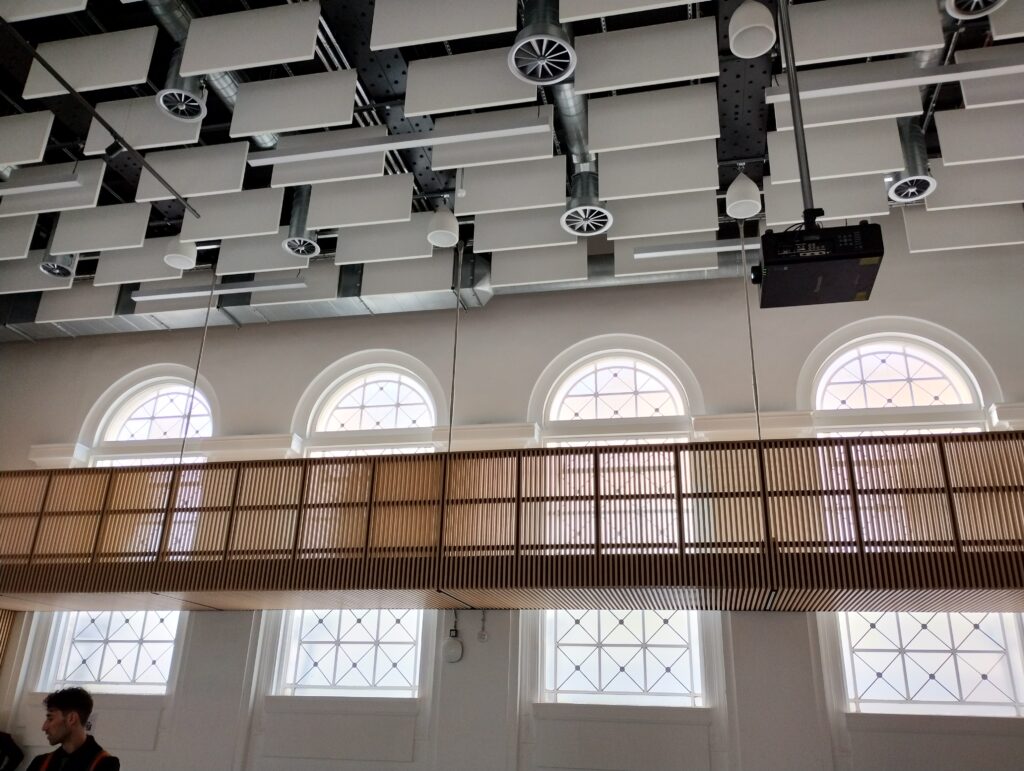
Finally, credit to from Lizzy Pettit from KLH Sustainability who shared her main takeaways with us as being:
- “Heat pump ready” – What does heat pump ready actually mean? Should we still focus on fabric first? How many dwellings are already heat pump ready?
- Climate resilience: How do we deal with the UK’s changing climate and increased demand for cooling?
- Focus on people centred design –how do people use buildings we design? Are we monitoring this? What do we do with the data?
- People and community can be one of the key solutions to the climate emergency – especially for establishing resilience but also for engaging each other to take action with a community led approach
Thanks also to CIBSE for sharing the photos of Susie and Claire in presenting mode.
 Posted by Susie Diamond
Posted by Susie Diamond- Posted in CIBSE, Claire Das Bhaumik, Events, NABERS, Susie Diamond, Training
 Apr, 25, 2024
Apr, 25, 2024 Comments Off on CIBSE Technical Symposium 2024
Comments Off on CIBSE Technical Symposium 2024

 Susie: 07972 263 676
Susie: 07972 263 676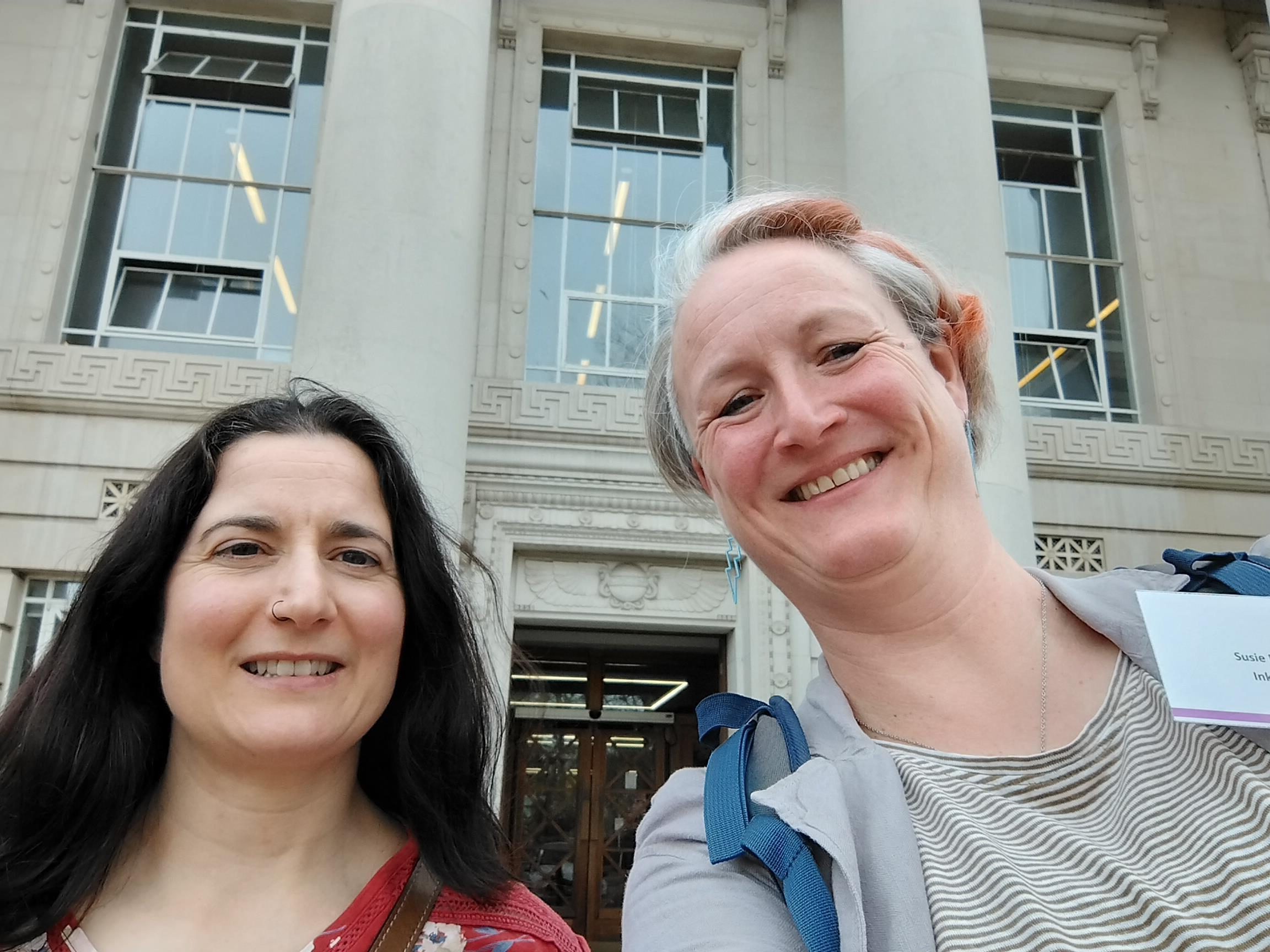
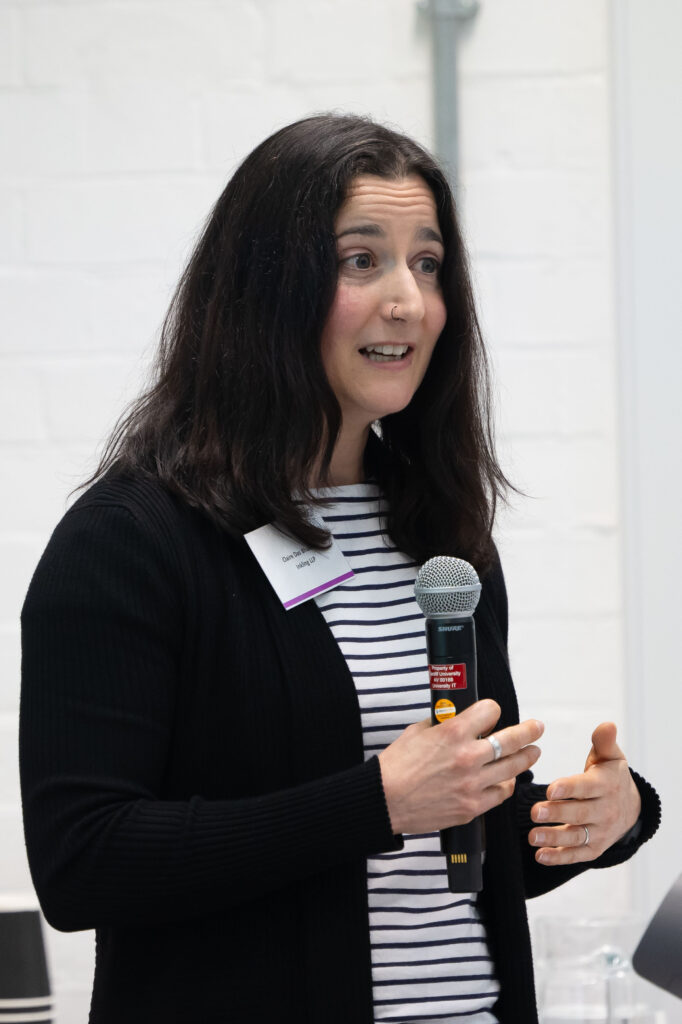
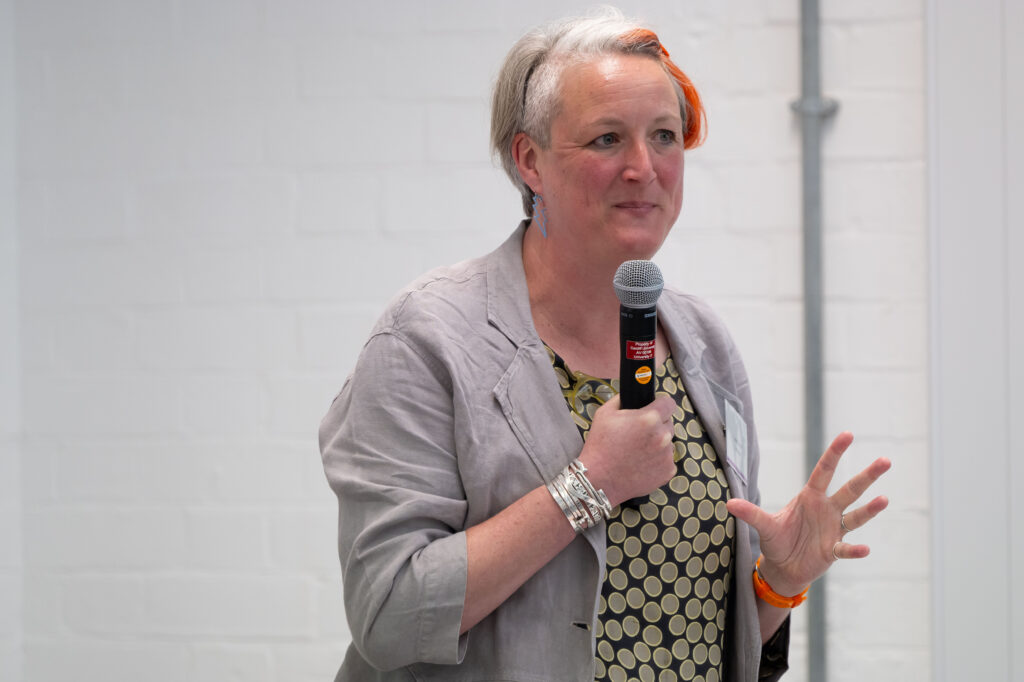
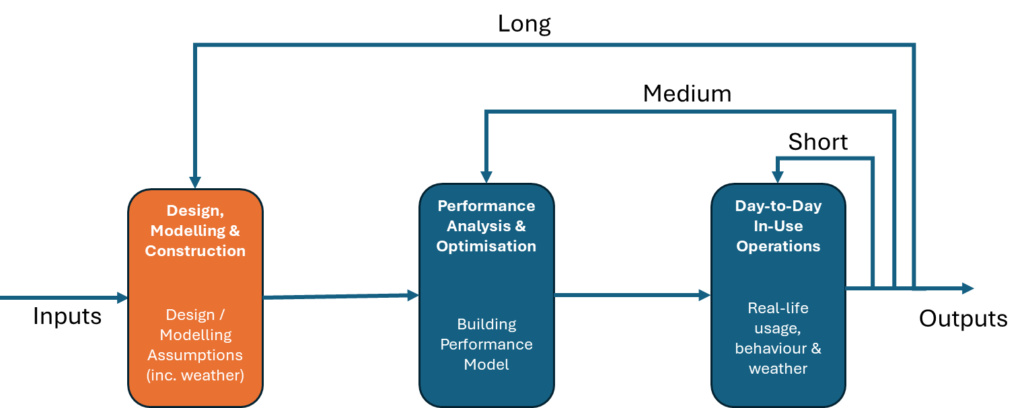

 Join Us On In.com
Join Us On In.com
